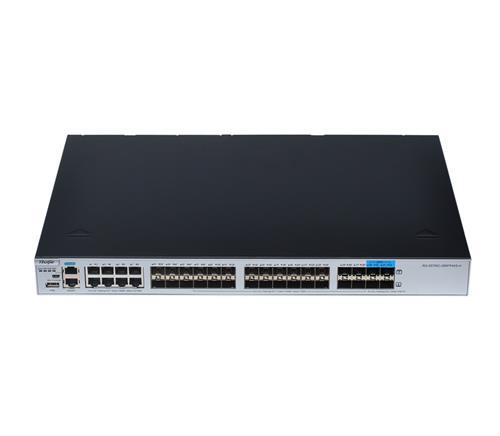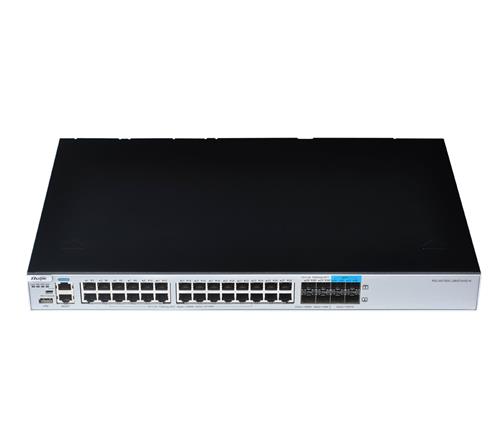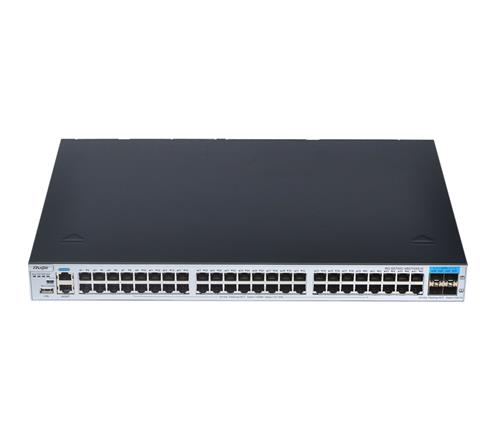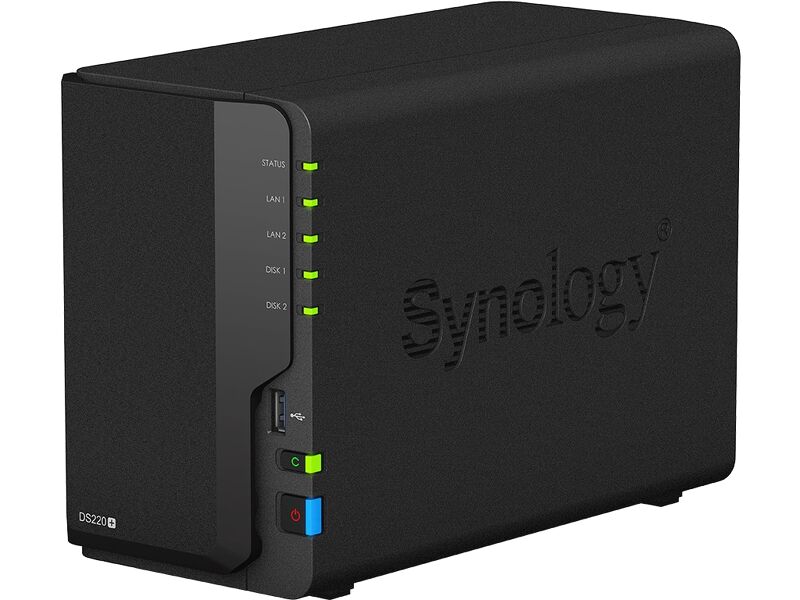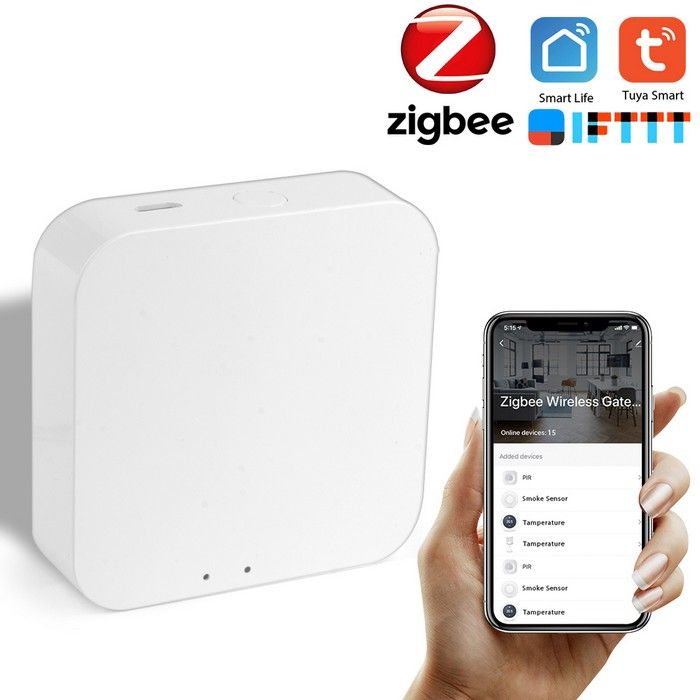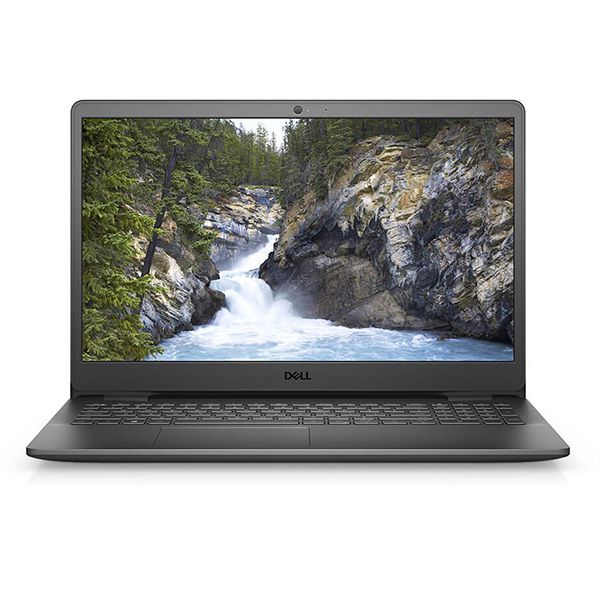|
Ports
|
28 10/100/1000BASE-T ports
4 100/1000BASE-X SFP ports (combo)
4 1G/10GBASE-X SFP+ ports
|
48 10/100/1000BASE-T ports
4 1G/10GBASE-X SFP+ ports
|
28 100/1000BASE-X SFP ports
8 10/100/1000BASE-T ports (combo)
4 1G/10GBASE-X SFP+ ports
|
|
Expansion Slots
|
2
|
|
Modular Power Slots
|
2
|
|
Fan Slots
|
Fixed
|
|
Expansion Modules
|
M5000H-01QXS
M5000H-04XS
|
|
Management Ports
|
1 console port
1 MGMT port
1 Mini USB console port
1 USB 2.0 port
|
|
Switching Capacity
|
598Gbps/5.98Tbps
|
|
Packet Forwarding Rate
|
222Mpps/342Mpps
|
252Mpps/372Mpps
|
222Mpps/342Mpps
|
|
Max. Number of 10GE Ports
|
4
|
8
|
4
|
|
Max. Number of 40GE Ports
|
1
|
|
Port Buffer
|
4MB
|
|
ARP Table
|
Up to 20K
|
|
MAC Address
|
Up to 64K
|
|
Routing Table Size
(IPv4/IPv6)
|
12K/6K
|
|
ACL Entries
|
Up to 3500
|
|
VLAN
|
4K 802.1q VLANs, Port-based VLAN, MAC-based VLAN, Protocol-based VLAN, Private VLAN, Voice VLAN, QinQ, IP subnet-based VLAN, GVRP, Super VLAN, Guest VLAN
|
|
QinQ
|
Basic QinQ, Flexible QinQ, 1:1 VLAN switching, N:1 VLAN switching
|
|
Link Aggregation
|
Support LACP (802.3ad) (maximum 8 ports can be aggregated)
|
|
Port Mirroring
|
Many-to-one mirroring, One-to-many mirroring, Flow-based mirroring, Over devices mirroring, VLAN-based mirroring, VLAN-filtering mirroring, AP-port mirroring, RSPAN, ERSPAN
|
|
Spanning Tree Protocols
|
IEEE802.1d STP, IEEE802.1w RSTP, Standard 802.1s MSTP, Port fast, BPDU filter, BPDU guard, TC guard, TC protection, ROOT guard
|
|
DHCP
|
DHCP server, DHCP client, DHCP snooping, DHCP relay, IPv6 DHCP snooping, IPv6 DHCP client, IPv6 DHCP relay
|
|
Multiple Spanning Tree (MST) Instances
|
64
|
|
Maximum Aggregation Port (AP)
|
Up to 2,048
|
|
SDN
|
OpenFlow 1.0 & 1.3
|
|
VSU (Virtual Switch Unit)
|
Support (up to 9 stack members,to ensure the effectiveness of the use, 8 members are recommended)
|
|
Zero Configuration
|
CWMP(TR069)
|
|
L2 Features
|
MAC, EEE, ARP, VLAN, Basic QinQ, Felix QinQ, Link aggregation, Mirroring, STP, RSTP, MSTP, Broadcast storm control, IGMP v1/v2/v3 snooping, IGMP filter, IGMP fast leave, MLD snooping, DHCP, Jumbo frame, RLDP, LLDP, REUP, G.8032 ERPS, Layer 2 protocol tunnel
|
|
Layer 2 Protocols
|
IEEE802.3, IEEE802.3u, IEEE802.3z, IEEE802.3x, IEEE802.3ad, IEEE802.1p, IEEE802.1x, IEEE802.3ab, IEEE802.1Q (GVRP), IEEE802.1d, IEEE802.1w, IEEE802.1s
|
|
Layer 3 Features
|
Static routing, Equal-Cost Multi-Path Routing (ECMP), OSPF, OSPF v3, BGP, BGP4+, RIP, RIPng, IS-IS, IS-IS v6, MCE
|
|
Layer 3 Protocols (IPv4)
|
Static routing, RIP, OSPF, IS-IS, BGP, ECMP
|
|
IPv4 Features
|
Ping, Traceroute, ECMP, URPF, IP-IP, GRE tunnel (4 over 6), GRE tunnel (6 over 4), IPv4 VRF
|
|
IPv6 Features
|
ICMPv6, IPv6 Ping, IPv6 Tracert, Manually configure local address, Automatically create local address, Neighbor Discovery, 0-64 bit mask, 65-128 bit mask, 6 over 4 manual tunnel, 6 to 4 auto tunnel, ISATAP, IPv4 over IPv6 tunnel, IPv6 over IPv6 tunnel, GRE tunnel (4 over 6), GRE tunnel (6 over 6), IPv6 VRF, IPv6 extender option head
|
|
Basic IPv6 Protocols
|
IPv6 addressing, Neighbor Discovery (ND), ICMPv6, stateless automatic configuration, and Path MTU Discovery
|
|
IPv6 Routing Protocols
|
Static routing, Equal-Cost Multi-Path Routing (ECMP), OSPF, OSPF v3, BGP, BGP4+, RIP, RIPng, IS-IS, IS-IS v6, MCE; Packet–based load balancing and flow-based load balancing
|
|
IPv6 Tunnel Features
|
Manual tunnel, auto tunnel, ISATAP, IPv4 over IPv6, IPv6 over IPv6, GRE tunnel
|
|
Multicast
|
IGMP v1/v2/v3, IGMP v1/v2/v3 snooping, IGMP proxy, IGMP filter, IGMP fast leave, Multicast routing protocols (PIM-DM, PIM-SM, PIM-SSM), MLD snooping, MLD, PIM-SMv6, Multicast static routing
|
|
MPLS
|
MPLS L3 VPN
|
|
G.8032
|
Support
|
|
ACL
|
Standard IP ACL (Based on IP address); Extended IP ACL (Based on IP addresses and TCP/UDP port number); MAC-extended ACL (Based on source and destination MAC addresses and optional Ethernet type); Time-based ACL; Expert ACL (Based on the flexible combination of VLAN number, Ethernet type, MAC address, IP address, TCP/UDP port, protocol type, and time); ACL80; IPv6 ACL
|
|
QoS
|
802.1p/DSCP/TOS traffic classification; Multiple queue scheduling mechanisms, such as SP, WRR, DRR, SP+WRR, SP+DRR; RED / WRED; Input / output port-based speed limit; Port-based traffic recognition; Each port supports 8 queue priorities
|
|
IPv6 ACL
|
Support
|
|
Reliability
|
VSU (virtualization technology for virtualizing multiple devices into 1); GR for RIP/OSPF/BGP; BFD detection; ERPS (G.8032); REUP dual-link fast switching technology; RLDP (Rapid Link Detection Protocol); 1+1 power redundancy; Hot-swappable power module
|
|
EEE Format
|
Support IEEE 802.3az standard
|
|
Security
|
Binding of the IP address, MAC address, and port address; Binding of the IPv6, MAC address, and port address; Filter illegal MAC addresses; Port-based and MAC-based 802.1x; MAB; Portal and Portal 2.0 authentication; ARP-check; DAI; Restriction on the rate of ARP packets; Gateway anti-ARP spoofing; Broadcast suppression; Hierarchical management by administrators and password protection; RADIUS and TACACS+; AAA security authentication (IPv4/IPv6) in device login management; SSH and SSH V2.0; BPDU guard; IP source guard; CPP, NFPP; Port protection
|
|
Manageability
|
SNMP v1/v2/v3; Web(HTTP/HTTPS); CLI (Telnet/Console); RMON (1, 2, 3, 9); SSH; FTP / TFTv6; Syslog; SPAN / RSPAN, NTP / SNTP, SNMP over IPv6; IPv6 MIB support for SNMP, SSHv6, Telnetv6, DNS v6; NTP for v6; Traceroute v6; Support sFlow, traffic sampling of the switch can be performed via data stream random sampling technology
|
|
Hot Patch
|
Support (the restart process does not affect the existing service forwarding)
|
|
Smart Temperature Control
|
Auto fan speed adjustment; Fan malfunction alerts; Fan status check
|
|
Smart Power Supply
|
Support power monitor
|
|
Other Protocols
|
FTP, TFTP, DNS client, DNS static
|
|
Dimensions
(W x D x H) (mm)
|
440 × 280 × 44
|
440 × 300 × 44
|
440 × 300 × 44
|
|
Rack Height
|
1RU
|
|
Weight
|
3.9kg
|
4.2kg
|
4.2kg
|
|
MTBF
|
>200K hours
|
|
Safety Standards
|
IEC 60950-1, EN 60950-1
|
|
Emission Standards
|
EN 300 386, EN 55022/55032, EN 61000-3-2, EN 61000-3-3, EN 55024, EN 61000-4-2, EN 61000-4-3, EN 61000-4-4, EN 61000-4-5, EN 61000-4-6, EN 61000-4-8, EN 61000-4-11
|
|
Power Supply
|
AC input:
Rated voltage range: 100V to 240V
Maximum voltage range: 90V to 264V
Frequency: 50Hz/60Hz
HVDC input:
Rated voltage: 240V
Maximum voltage: 192~288V
DC input:
Rated voltage range: -36~-72V
|
|
Power Consumption
|
45W
|
45W
|
55W
|
|
Temperature
|
Operating temperature: 0°C to 50°C
|
|
Storage temperature: -40°C to 70°C
|
|
Humidity
|
Operating humidity: 10% to 90%RH
|
|
Storage humidity: 5% to 95%RH
|
|
Operating Altitude
|
-500m to 5,000m
|

